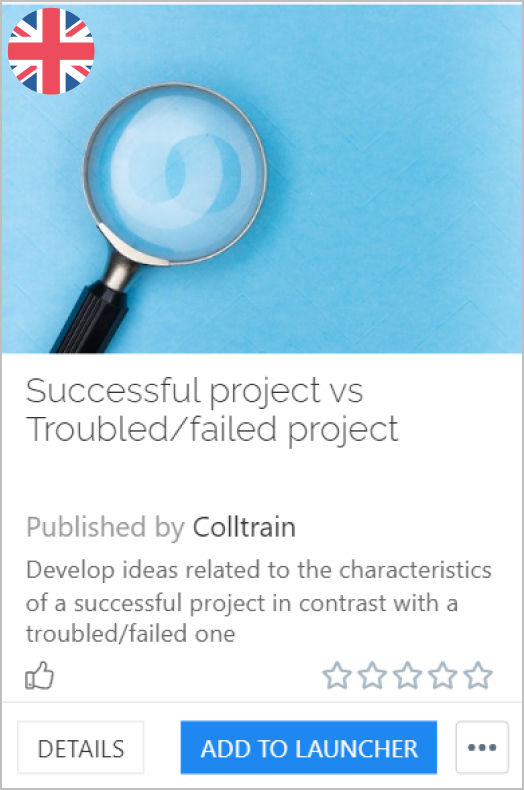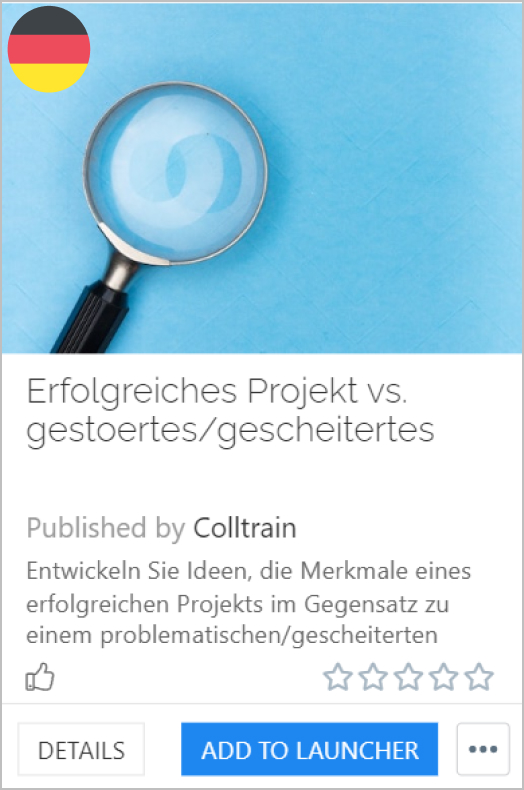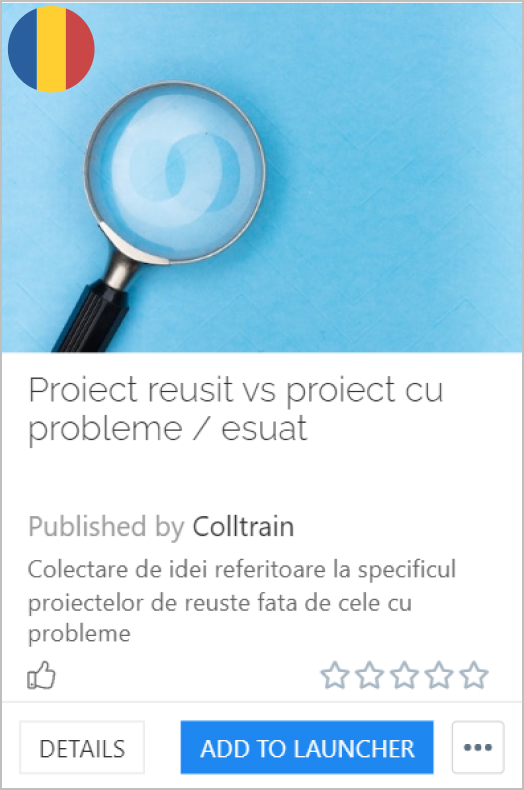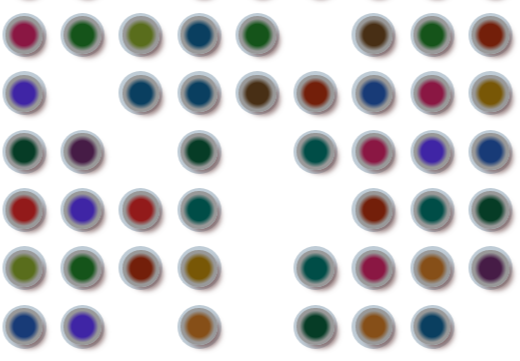Successful vs failed project
Brainstorming activity on the contrast between successful projects and troubled/failed ones. Aim to develop a common understanding among participants
Description
Participants brainstorm to gather a collection of traits of both successful and failed projects. They build this way a shared understanding of the matter. This is useful since the definitions of success/failure can vary a lot from one person to another. Also, this activity energizes the group because everyone has at least one thing to share.
Flow
Introduction
- Introduce the activity to the participants and split them into teams.
- Encourage the teams to nominate a team coordinator. They will facilitate the discussion in the breakout room. In the end, they will present the outcome to the other teams. The team coordinators can rely on the ideas written within the predefined template.
- Join each team and provide the activity link
Work
- Participants brainstorm, discuss and write down on sticky notes the traits they find relevant and explanatory to what a successful, then failed project, looks like in their organization.
- They can perform a silent brainstorming session and then debate the traits written down on sticky notes, or the other way round.
Debrief (suggested)
- The team coordinator from e
- Participants brainstorm, discuss and write down on sticky notes traits of projects. They refer to both successful and failed ones. They mention relevant traits that depict the projects from their organization.
- They can perform a silent brainstorming session and then debate the traits written down on sticky notes. Or the other way round 😉
- Each team will present the outcome to the other teams using success/failure traits contrast.
- The facilitator may ask the following questions:
- Are there any common points between the lists? What does it mean to you?
- When defining these traits, did you have specific examples of projects in mind?
- Were there different opinions within the team? How did you accommodate them?
Variations
n/a
Additional info
This activity follows activity type guide from CARTA
Play in Colltrain
Choose your language









